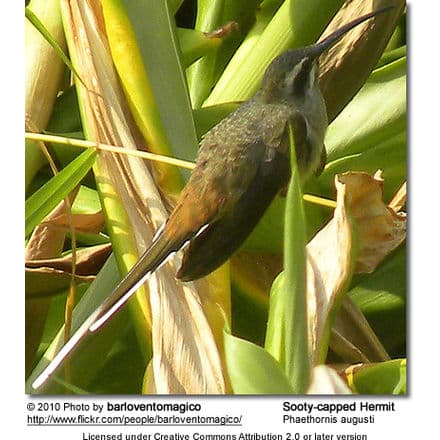Golden-headed Manakins
The Golden-headed Manakins, Pipra erythrocephala, is a small passerine bird that breeds in tropical South America. It is found from Panama, Colombia, and Trinidad south and east to the Guianas Brazil, and northern Argentina.
This manakin is a common bird of forests, second-growth, and plantations.
Description:
Like other manakins, the Golden-headed Manakin is a compact, brightly colored forest bird, typically 9.4 cm / 3.7 in long and weighing 12.5 g. The adult male is black apart from a golden cap, white and red thighs, pink legs, and a yellowish bill.
The female and young males are olive-green and resemble female White-bearded Manakins, but they have pink legs.
Breeding / Nesting:
The female builds a shallow cup nest low in a tree; two brown-mottled yellowish eggs are laid, and incubated entirely by the female for about 16-17 days.
The male Golden-headed Manakin has a fascinating breeding display at a communal lek. Each male occupies a horizontal perch 6-12 m high and rapidly jumps, slides, or darts to other perches. The display is accompanied by the whirring of the wings and a buzzing zit-zit call. Groups of up to 12 birds may perform together.
Call / Song:
Apart from the buzzing display song, Golden-headed Manakin has several other calls, including a buzzing pir pir prrrrrt.
Diet / Feeding:
These manakins eat fruit and some insects.




